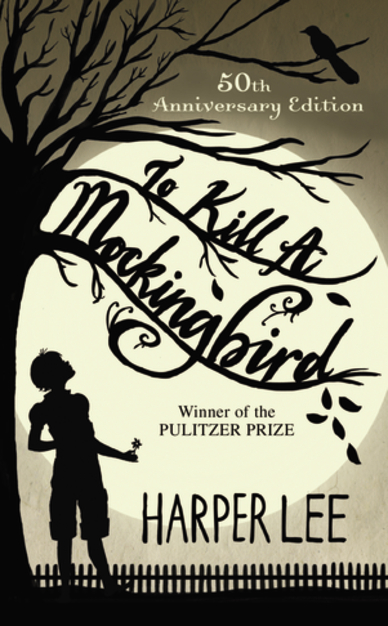
To Kill A Mockingbird
Harper Lee
(London: Vintage, 2004)
In a world where the USA is racially segregated, the lawyer Atticus Finch dedicates his life to defending the socially indefensible. The story is told from the perspective of his two children: Scout and Jem – and their own childish exploits. The reader learns of the children standing up to their teacher in school; dare devil tests of courage, as they sneak into the house of the mysterious Boo Radley; alongside the breaking of social conventions as they sit with the ‘coloreds’ during the trial of Tom Robinson.
Throughout the course of the novel, we see the children grow up alongside the changing society in which they live - and also the ways in which the communities are forced to grow up too.
The story is set in the Deep South of America in the early 1930s. There is the occasional use of phonetic speech, which can be a little difficult to understand. However, this device serves to help the reader enter into community life in an unforgettable classic.
Questions
How did you react to the story?
How has this novel changed your understanding and experience of cultural diversity?
Early on in the novel, Walter pours Molasses over his evening meal.
· Whose response to this do you sympathise with the most?
· When have you experienced a cultural divide because of your behaviour, or because of someone else’s behaviour?
Boo Radley appears twice in the novel.
· How does Boo’s behaviour contrast with the children’s expectations?
· What do the children learn from Boo?
Atticus shoots a rabid dog.
· Why do you think Jem advises Scout not to talk about the event with pride?
· Why did Atticus shoot the dog?
· In what ways might this event also be a metaphor for the rest of the novel?
Jem spends a great deal of time with Mrs Duboise.
· Why was she ‘the bravest person’ Atticus ever knew?
· Do you agree? Why? Why not?
· What do you learn about courage from her story?
Courage and true character are key themes in the book.
· Which character displays the most courage for you? Why?
· Who is the least courageous character in the novel for you? Why?
What is the role of justice in the novel?
Is justice served in the trial of Tom Robinson?
“One time he said you never really know a man until you stand in his shoes and walk around in them.”
· Which character in the novel to you identify with? Whose shoes have you walked around in?
· Do you agree with this quote? Why? Why not?
· In life, how might this expression change your behaviour and experiences?